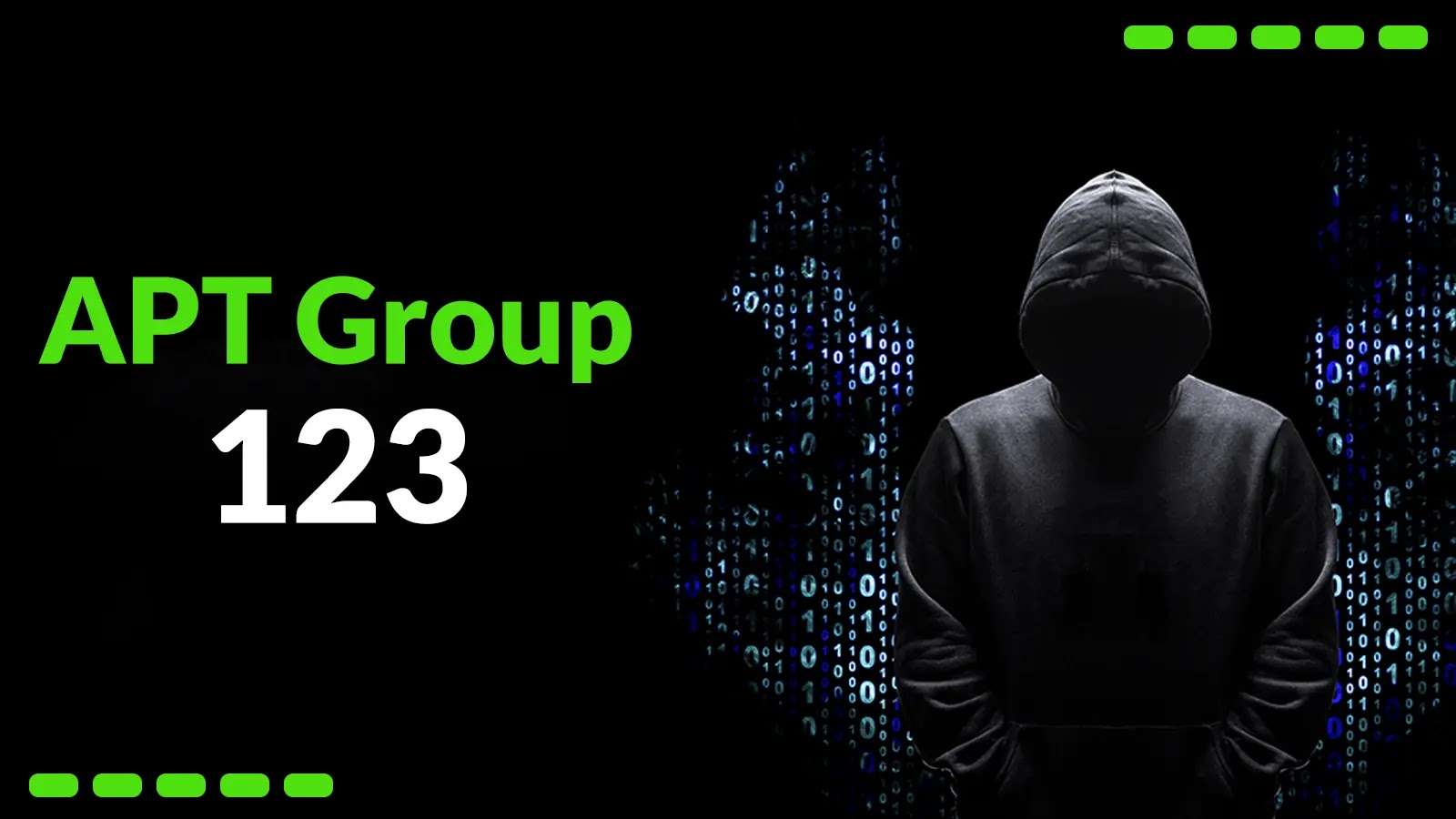The Hackers Behind the Headlines
APT Group 123 isn’t your average cybercrime gang. They’re backed by North Korea, well-funded, and patient. For years, they’ve quietly infiltrated government agencies, defense contractors, and tech firms—primarily in South Korea. But now, they’re casting a wider net, targeting victims in Japan, Vietnam, and even the Middle East.
Unlike smash-and-grab ransomware groups, these hackers play the long game. They slip into networks, stay hidden for months, and steal whatever they can military secrets, blueprints, financial data. And lately, they’ve added a new trick to their playbook: ransomware.
How They Get Inside
These hackers don’t kick down the front door. They pick the lock. Here’s how they do it:
-
Fake Emails That Look Real: You get an email that seems legit, maybe from a colleague or a trusted organization. The attachment? A poisoned Word or Excel file that silently installs malware when opened.
-
Hacked Websites That Hack You: They compromise sites their targets visit—industry forums, news portals and sneak malware into visitors’ computers through browser vulnerabilities.
-
Malware Disguised as Normal Files : They hide malicious code inside harmless-looking documents or even hijack cloud storage (like Google Drive) to avoid suspicion.
Once inside, they spread like a virus, moving from one computer to another, stealing passwords, and grabbing sensitive files.
From Spies to Extortionists
Originally, APT Group 123 was all about espionage stealing secrets for North Korea’s regime. But now, they’ve added ransomware to their toolbox.
Imagine this: A defense contractor gets hacked. The attackers encrypt critical files and demand payment. But while the victim scrambles to recover, the hackers are also quietly siphoning off classified data in the background. It’s a double punch extortion plus espionage.
Experts believe this shift isn’t just about money. Ransomware funds their bigger mission: gathering intelligence for North Korea.
Why They’re So Hard to Catch
These hackers are masters of disguise. Here’s how they stay hidden:
-
They Use Encryption Against You: Their malware communicates using HTTPS, the same encryption that protects your online banking. This makes malicious traffic look normal.
-
Their Malware Plays Dead: If it detects security software, it shuts down or changes behavior to avoid detection.
-
They Hide in Plain Sight: Instead of running sketchy files, they trick Windows into loading their malware through legitimate system processes.
Even their command centers blend in. They used to rely on shady file-sharing sites, but now they’re abusing trusted platforms like Google Drive to avoid suspicion.
How to Fight Back
You don’t need a cybersecurity army to block most of their attacks. Simple steps can make a huge difference:
Update Everything: They exploit old bugs in Windows, Office, and browsers. Patching cuts off their easiest entry points.
Train Your Team: Teach employees to spot phishing emails especially unexpected document attachments.
Watch for Strange Activity : Unusual network traffic or odd login attempts could mean hackers are already inside.
Lock Down Privileges: Limit who can install software or access sensitive files. The fewer openings, the better.
The Bottom Line
APT Group 123 isn’t going away. They’re getting smarter, bolder, and more dangerous. For businesses, the message is simple: Assume you’re a target, because in today’s digital world, you probably are.
Stay sharp. Stay updated. And don’t make their job easy.

